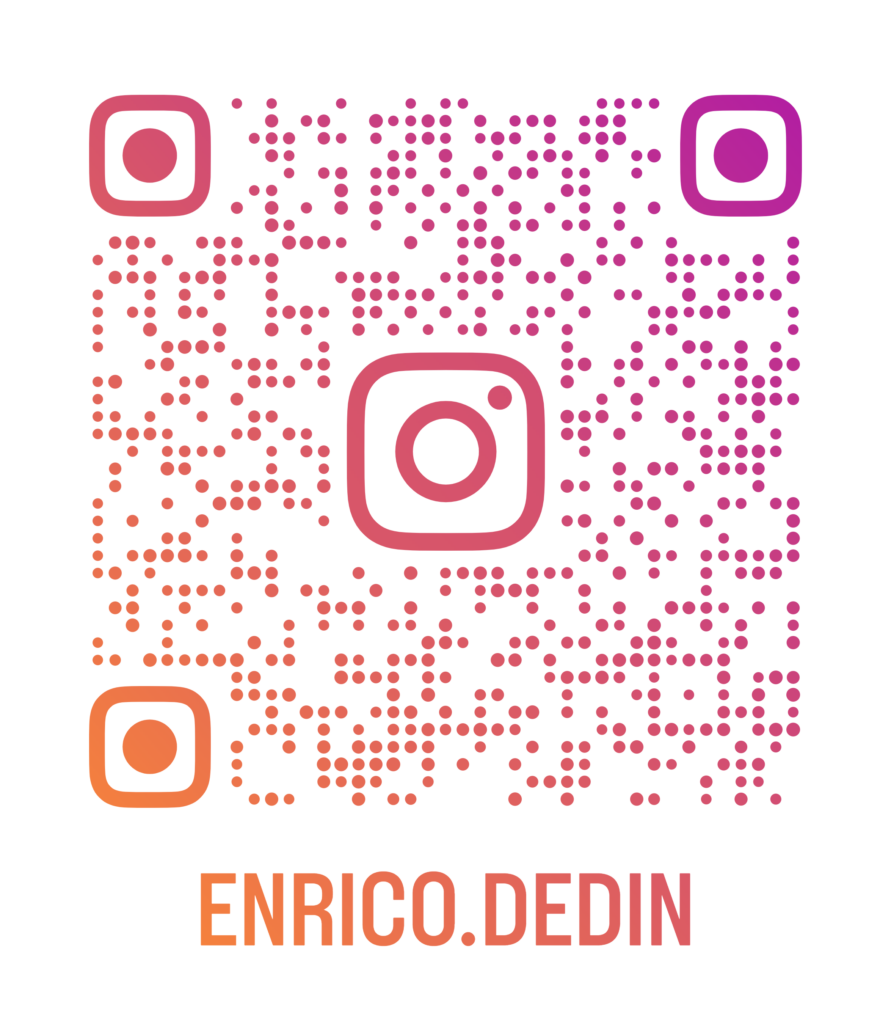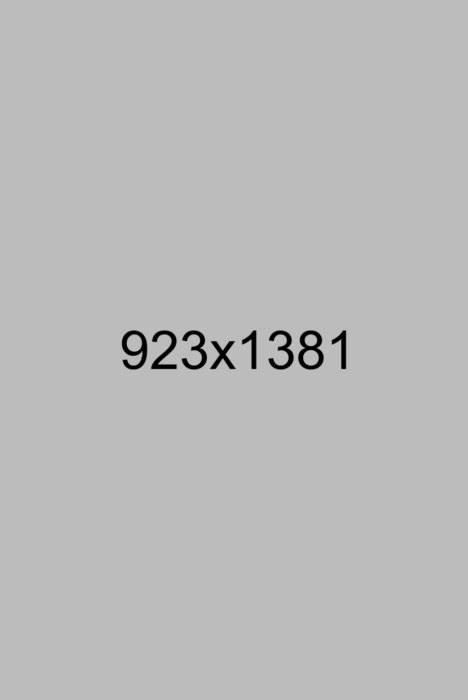Recently, I had the pleasure of interviewing the emergent media artist Enrico Dedin. He graciously took the time to walk us through his life, art, ideas, and aspirations. From his academic journey and exhibitions to his deep engagement with technology, philosophy, and AI ethics, this interview reveals an artist whose work promises significant impact and a clear vision for the future of media art. Enrico Dedin stands out for his uniquely interdisciplinary research and the solid theoretical underpinnings of his practice, qualities that foreshadow important contributions and a lasting influence within the realm of media art.
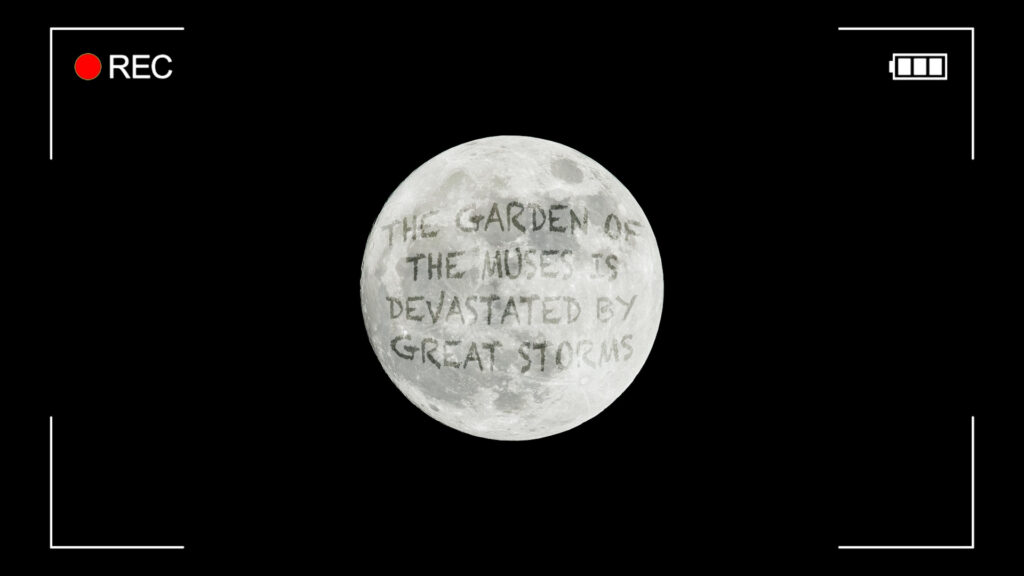
First Steps and Life with Art
Eleni: Enrico, it’s a pleasure speaking with you. Thank you for taking the time to share insights into your art production and career. To begin, could you tell us a bit about yourself, your background, and whether your environment influenced your decision to pursue a career in the arts?
Enrico: While it may seem like a simple question, it’s anything but. I’m constantly striving to embody the philosophical axiom “Become what you are.” So, to answer your question: Enrico is an artist, a creative mind, and a free thinker. I seek to interpret the present age by offering, through artworks or reflections, “antidotes” or new horizons to today’s challenges.
I was born in Treviso, grew up in the Basso Piave area, and studied in Venice. My environment has certainly shaped me, both educationally and scenically, as I’m deeply connected to nature. I often like to point out that my open-air studio has frequently been the trails along the Piave River and the Northern Lagoon of Venice. My journey into the art world wasn’t so much the result of external influences as it was a natural choice, a continuation of that inner necessity I mentioned at the beginning.
Eleni: Could you tell us about your early steps in art production and your formal art education? Where did you study, and what were some of the key learnings or experiences from your academic journey, or perhaps even professors who played a significant mentoring role in your artistic practice?
Enrico: My first steps in artistic production began when I was 17, while I was a student in “Figurative Arts and Plastic Disciplines” at the State Art High School of Treviso. During that period, I started creating sculptures and installations using mixed media. I repurposed scrap computer and television parts, assembled compositions with microchips, and crafted “handmade photomontages” that I then documented through photography. The discovery of philosophy, combined with the artistic and conceptual approach of my teacher Giordano Russo, was pivotal; it helped me understand the importance of ideas as the core of artistic research.
Later, in 2015, I enrolled in the “New Technologies of Art” program, specializing in “Visual Arts and Multimedia Design” at the Academy of Fine Arts in Venice. During my years in Venice, I gravitated toward documentary and landscape photography, drawing inspiration from figures like Walker Evans and Filippo Minelli, as well as from video art and public art practices.
The Media Artist and Evolving Technology
Eleni: Now, delving deeper into your work, I want to discuss your designation as a “media artist,” a term that covers a broad spectrum of practices. What specific aspects of media—like video, digital technologies, or sound—do you find most challenging, and why? How do you envision the role of technology evolving within your artistic process and in the arts more broadly?
Enrico: When it comes to technology, whether in art or elsewhere, the discussion often centers primarily on its technical aspects. I believe it’s sometimes helpful to reverse that logic. The complexity of one branch of media art compared to another is, in fact, relative; it always depends on the complexity of the initial idea. A video might be technically simple yet conceptually intricate, and the same holds true, of course, for sound or photographic imagery.
In my view, the evolving role of technology in the art world could lead to an over-democratization of creative outputs, further expanding the pool of artists, with varying degrees of relevance. This could become a challenge, particularly for the field of digital arts, with potential repercussions on how today’s artistic practices will be historicized in the future.
As for my own artistic process, in recent years I’ve been exploring the expressive and conceptual possibilities offered by Artificial Intelligence. On one hand, AI allows me to give form to visions that might otherwise remain confined to the imagination. On the other, I try to pair this experimentation with a deeper reflection on technological development and the evolving role of the human being—an identity that is currently being redefined and, perhaps, rediscovered. In a world where automation is becoming ever more pervasive, what role will humanity ultimately play?
Influences Beyond Art
Eleni: What other art forms have influenced your practice? And what about your artistic thinking and the concepts you explore in your work—do philosophy, literature, science, or technology play a role?
Enrico: My artistic thinking is in constant dialogue with other disciplines, especially philosophy, literature, and science. I’ve written several poetic compositions myself, and in 2017, I authored the Manifesto of Metaluddism. This is both a literary movement and an “anthropic avant-garde party” that positions poetry as the primary language for the cognitive prevention of the psychological and sociological side effects triggered by current and future technologies. Essentially, it’s a new form of titanism: an ethical-critical resilience inspired by the philosophical thought of Günther Anders, Umberto Galimberti, Giorgio Agamben, and Hans Jonas.
Beyond these references, Giacomo Leopardi’s poetics of vagueness and the undefined has also significantly influenced my research, particularly in the video art piece “LandEscape.” In that work, I chose to use an old compact camera, set to the smallest video format, to recreate a pixelated texture. My aim was to generate a haziness capable of transcending a place from itself, sparking the imagination needed to regenerate and reclaim the very concept of “place.” “LandEscape” thus takes a radical stance against today’s obsession with hyperrealism, using low-quality footage to generate a new aesthetic pleasure in spaces that have otherwise fallen into decay. In my view, the postmodern gold rush toward ever-sharper photo and video resolution has compromised the magical and imaginative dimension that “seeing” has always held for humankind. Low resolution, by contrast, restores to us an active, relative, and subjective role in seeing and imagining.
Further Leopardi references, along with quotations from Eugenio Montale, can also be found in the video “Alla luna.” That said, my dialogue with science and technology remains fertile, especially through a futurological lens in works like “Fungi-Fi.” In this case, the conceptual framework is rooted in the Wood Wide Web theory developed by biologist Suzanne Simard.
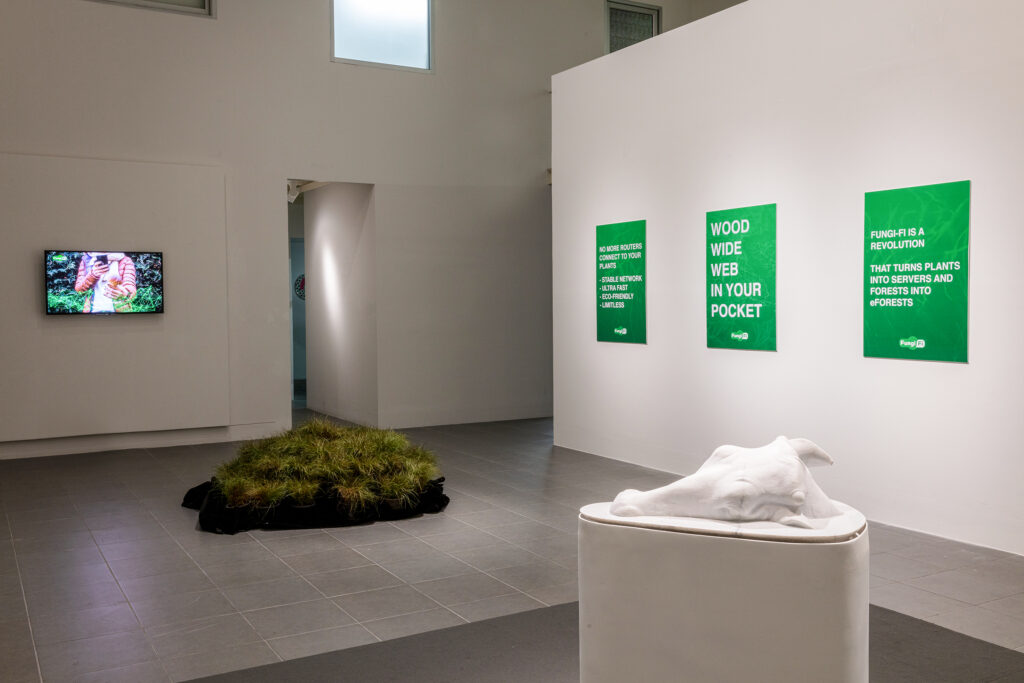
AI, Ethics, Prevention, and the Future of Art
Eleni: As a media artist who not only uses digital technology but also investigates its impact on our experience and perception of reality, I can’t resist asking about any potential ethical limits you might consider with the advent of artificial intelligence in art production. Do you believe that legal regulations, like the European Union’s Artificial Intelligence Act, are necessary to ensure AI serves humanity? And do you think it would be wise to expand such regulations to include norms specifically for culture and art production?
Enrico: In the philosophy of Hans Jonas, the principle of responsibility is rooted in an ethics of prevention. This is precisely why, in a field as delicate as Artificial Intelligence, the need for more decisive action is evident—not only at a European level but, more importantly, on a global scale and in the most coordinated way possible. Yet, considering the world’s current trajectory, this objective appears increasingly utopian.
Within the artistic and creative fields, some progress is already underway, particularly concerning copyright protection in image generation. This might lead to higher costs for accessing such technologies. While the AI Act has laid some groundwork regarding “legitimate” creative production, I also believe excessive regulation risks stifling the expressive and experimental potential of art.
The real issue, however, lies elsewhere: is it truly possible to ensure that Artificial Intelligence remains at the service of humanity, and not the other way around? Personally, I fear that threshold has already been crossed. The overwhelming dominance of algorithms, which now shape our desires, tastes, and even identities, is a clear sign of a role reversal few seem willing to critically confront.
In this regard, a sentence written by Heidegger in 1959 resonates with remarkable relevance today:
“What is truly unsettling is not that the world is becoming wholly dominated by technology. Far more unsettling is that humanity is not at all prepared for this radical transformation of the world. Far more unsettling is that we are still incapable of reaching, through meditative thinking, an adequate confrontation with what is truly emerging in our age.”
Exhibitions, Milestones, and Artistic Growth
Eleni: Let’s discuss your journey in exhibiting and presenting your work. Notably, you’re featured in Viviana Vannucci’s L’arte del XXI secolo. Temi, linguaggi, artisti—a significant inclusion, considering she’s a Fine Art professor at Brera Academy and an internationally recognized curator who even curated the Bangladesh Pavilion at the Venice Biennale. In 2024, you also participated in the Durrës Biennale in Albania. Could you tell us more about these experiences and perhaps highlight some significant or pivotal points in your career and personal artistic growth?
Enrico: Exactly. The work included in this important volume is “Fungi-Fi,” featured in the chapter dedicated to “L’era della nuova comunicazione digitale” (The Era of New Digital Communication). L’arte del XXI secolo. Temi, linguaggi, artisti, edited by Viviana Vannucci, offers an innovative approach compared to traditional art manuals: it doesn’t focus on movements, techniques, or chronologies, but instead explores the major themes of contemporaneity and how artists engage with them.
Finding myself mentioned, even in a small way, just a few pages away from masters like Michelangelo Pistoletto and Antoni Muntadas, alongside artists I’ve always admired such as Aram Bartholl and Jon Rafman, and just a few lines before video art icons like Bill Viola and Nam June Paik… is something that truly leaves a mark.
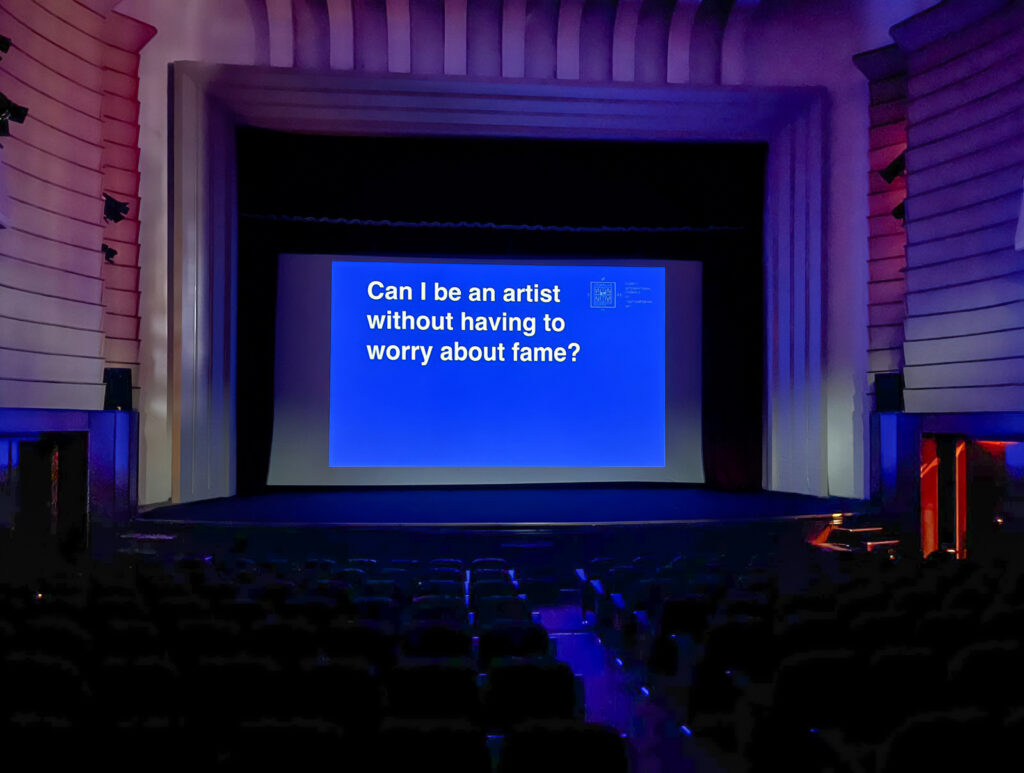
In 2024, I also took part in the first historic edition of the International Biennial of Contemporary Art in Durrës (DIBoCA), where I was selected by Oltsen Gripshi and Massimo Scaringella for the Italian Pavilion. This was an ambitious event that opened an aesthetic and conceptual dialogue on the theme of Artificial Intelligence, questioning its impact on perception, creation, and the human condition itself. For this occasion, I presented “F.A.Q. – Frequently Art Questions,” an imaginary dialogue between an artist and AI composed of 118 emblematic questions about the art system. It’s a work that raises urgent questions about power, the market, marginalization, existence, and languages.
The most significant moments are sometimes ones you can only fully process years later. I believe there are several, but right now I’m thinking, for example, of when I created “NR Code” between 2016 and 2017. This involved documenting the sabotage of as many as 1,328 QR codes (Quick Response Codes), transforming them into No Response Codes. It was, in fact, my second video artwork, and the first in which I applied to the audiovisual medium that purely conceptual matrix, the aesthetics of seriality, the archive, and sabotage, which I would go on to explore further in my video art works in the following years.
Future Directions
Eleni: And now, the future! What direction would you like your art production and career to take, and what expectations do you have from what we call the “art world”?
Enrico: I have many projects still in the drawer. I’d love to devise an artistic and cultural intervention capable of becoming a new manifesto, a powerful message calling for a global shift towards a renewed Humanism.
At the same time, I wish to guide my practice increasingly toward non-canonical territories within the art world: closer to nature, cultural heritage, and everyday life, elevating places, experiences, products, and services through artistic action.
In the present, as well as in the future, I remain constantly in search of contexts, institutions, and partners capable of supporting meaningful projects or shared research pathways.
Really happy to present to you the artist Enrico Dedin!!!
Find Enrico Dedin on instagram: